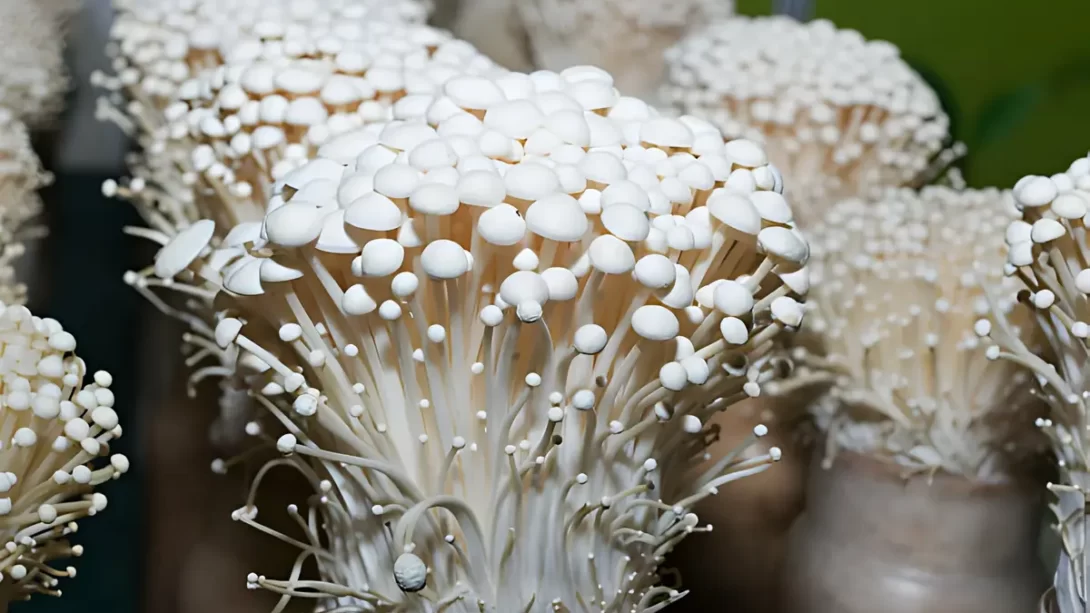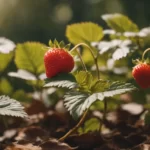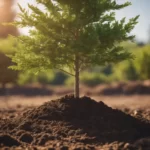Enoki mushrooms, scientifically known as Flammulina velutipes, are a culinary favorite, particularly in Asian cuisine. Their delicate texture and unique flavor make them a sought-after ingredient. Growing Enoki mushrooms at home can be a fascinating and rewarding endeavor, albeit different from cultivating other mushroom varieties. This article guides you through the process, from preparation to harvest.
Enoki Mushrooms
Enoki mushrooms are characterized by their long, thin stems and small, white caps. They thrive in cooler temperatures, a stark contrast to many other mushroom types. In the kitchen, they’re prized for their crisp texture and mild, slightly fruity flavor. Beyond their culinary appeal, Enokis are known for their health benefits, including cholesterol-lowering properties and immune system support.
Required Materials and Conditions
To successfully grow Enoki mushrooms, you’ll need specific materials and environmental conditions. Essential items include:
- High-quality Enoki spores or spawn.
- A suitable substrate, typically a mix of hardwood sawdust and bran.
- Sterilization equipment, such as a pressure cooker or large pot.
- Growth containers, like bags or jars.
- A controlled environment for temperature and humidity.
Optimal growing conditions for Enoki mushrooms include a temperature range of 72-77°F (22-25°C) during colonization and 45-50°F (7-10°C) during fruiting. They require high humidity, around 90-100%, and minimal light.
Preparing the Substrate
The substrate is the medium on which the mushrooms will grow. A common choice for Enoki mushrooms is a blend of hardwood sawdust and a nutrient source like bran or rice flour. Follow these steps:
- Mix the substrate components thoroughly.
- Moisturize the mixture to the appropriate level — it should feel damp but not waterlogged.
- Sterilize the substrate to eliminate any potential contaminants. This can be done by pressure cooking or boiling.
- After sterilization, cool the substrate to room temperature before inoculation.
This preparation is critical for a successful Enoki mushroom crop as it provides the necessary nutrients and environment for the mushrooms to grow.
Inoculation with Mushroom Spores
Inoculation is the process of introducing Enoki spores or spawn into the prepared substrate. Enoki spores can be bought from reliable suppliers. Alternatively, Enoki spawn, which is mycelium grown on a grain base, can be used for a more reliable and faster colonization.
To inoculate the substrate, follow these steps:
- In a clean environment, spread the cooled substrate into the growth containers.
- Evenly distribute the Enoki spores or sprinkle pieces of the spawn throughout the substrate.
- Mix the spores or spawn gently into the substrate, ensuring even distribution.
- Seal the containers to maintain humidity, allowing for small air exchanges to prevent carbon dioxide buildup.
Incubation Phase
After inoculation, the substrate must be incubated to allow the mycelium to colonize it. This phase is crucial for successful mushroom growth.
- Place the inoculated containers in an environment where you can maintain a steady temperature of 72-77°F (22-25°C).
- Keep the area dark or in very low light, as Enoki mushrooms require minimal light during this phase.
- Monitor the humidity, keeping it high to encourage mycelial growth.
- This colonization process can take several weeks. You’ll know it’s complete when the substrate is fully covered in a white, web-like mycelium.
Fruiting Conditions
Once the substrate is fully colonized, it’s time to initiate the fruiting phase by adjusting the environmental conditions:
- Lower the temperature to between 45-50°F (7-10°C). This temperature shift signals the mycelium to start producing mushrooms.
- Introduce the containers to a brighter environment, but avoid direct sunlight. Indirect light or artificial grow lights are sufficient.
- Maintain high humidity, around 90-100%, to encourage the mushrooms to develop. This can be achieved by misting the environment regularly.
- Watch for the emergence of tiny pinhead mushrooms, a sign that fruiting is occurring.
By carefully controlling these conditions, you can encourage your Enoki mushrooms to grow healthily and abundantly. The transition from the incubation to the fruiting phase is a delicate process that requires careful monitoring and adjustment of environmental factors.
Harvesting Enoki Mushrooms
When your Enoki mushrooms are ready to harvest, they will have long, slender stems with tiny caps. Typically, this occurs about 30 days after initiating the fruiting conditions. Here’s how to harvest them:
- Look for mushrooms that have reached the desired size, usually around 2 to 4 inches in height.
- Gently twist and pull the mushrooms from the substrate, or use a sharp knife to cut them at the base.
- Harvest in clusters to make it easier and to minimize damage to the remaining mycelium.
- It’s important to harvest before the caps fully open, as this is when Enokis are at their peak flavor and texture.
Post-Harvest Care and Troubleshooting
After harvesting your Enoki mushrooms, the substrate can often produce more mushrooms in subsequent flushes. To encourage this, maintain the fruiting conditions, ensuring high humidity and appropriate temperatures.
Common problems in Enoki cultivation include:
- Mold Growth: If you notice mold, it’s often due to poor sterilization or contamination. Ensure all equipment and substrates are properly sterilized and work in a clean environment.
- Poor Yield: This can result from inadequate environmental conditions. Double-check temperature, light, and humidity levels.
Conclusion
Growing Enoki mushrooms at home is a satisfying process that rewards patience and careful attention to detail. These delicate mushrooms not only enhance culinary dishes but also offer health benefits. By controlling environmental conditions and ensuring clean cultivation practices, you can enjoy multiple harvests from a single batch of substrate. Remember, each phase in the growth of Enoki mushrooms is crucial, from substrate preparation to harvesting. With practice, you’ll refine your technique and become proficient at cultivating these elegant and tasty fungi.



